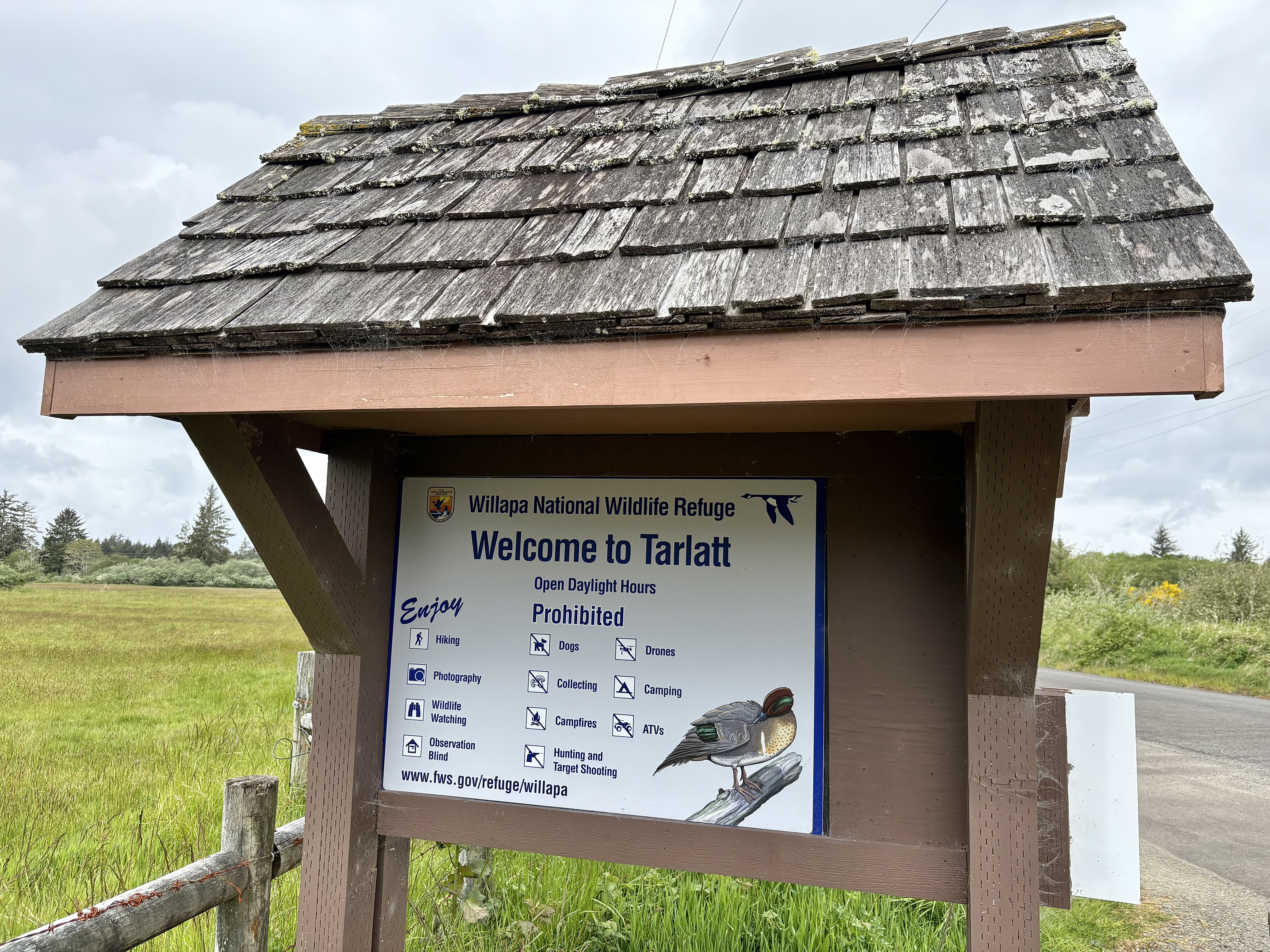Birdwatching Expect exciting birds when birding in April and May
Published 6:49 am Wednesday, May 23, 2018

- White outer edges of the black tail are an excellent field mark and are most easily seen in flight.
At the end of April six enthusiastic birders went birding at Tarlatt Slough in the Willapa National Wildlife Refuge. The weather cooperated so the birding was excellent.
Trending
One of the highlights was seeing the marsh wren in action. It built a nest right before our eyes and sang with gusto in between carrying nesting material to the reeds it had selected. Another highlight occurred as we walked to the photography blind. Twenty Wilson’s snipe were hidden in the wetland in front of the blind and flew up to greet us as we approached. Other exciting species seen or heard included the common yellowthroat, bald eagle, rufous and Anna’s hummingbirds, red-tailed hawk, turkey vulture and northern flicker. The very next day, the rare western kingbird visited Tarlatt. As you have heard from me before, Tarlatt never disappoints.
The western kingbird is not new to the refuge. Designated as rare means that it may be seen at intervals of two to five years. This was the first I have ever seen on the Willapa National Wildlife Refuge. Its habitat is open with scattered trees or hedgerows. It loves the open prairies and farmland. It likes to perch on fence posts, power lines, or the twigs of trees and shrubs so it can fly out into the air to snap up insects on the wing. It will often snatch two or three insects before returning to its perch. Most flycatchers behave in this way so they are often easy to spot because they sit in the open, fly off and return to the same perch. However, the western kingbird will also eat fruits of the elderberry, hawthorn and other shrubs.
The western kingbird is a little smaller than a robin and, according to Sibley’s 2014 guide, flies a bit like a robin. It is a rather large flycatcher with a thick bill and a hefty build. It sports a yellow belly, a pale gray breast and head and a black tail. The tail has very thin, white edges that are quite noticeable when the bird flies.
Trending
Scientists have determined that although the western kingbird is a bird of the West, they tend to wander, especially during fall migration. They often show up on the East Coast in the autumn. In 1915 western kingbirds began spending winters in Florida, where they are now regular winter residents, according to Cornell University Ornithological Lab.
Part of the joy of bird watching is seeing the unexpected. The western kingbird, was exactly that along with the nest building marsh wren and the Wilson’s snipe. The month of May and spring migration is not over yet. There is still time to see the exciting and unexpected.









